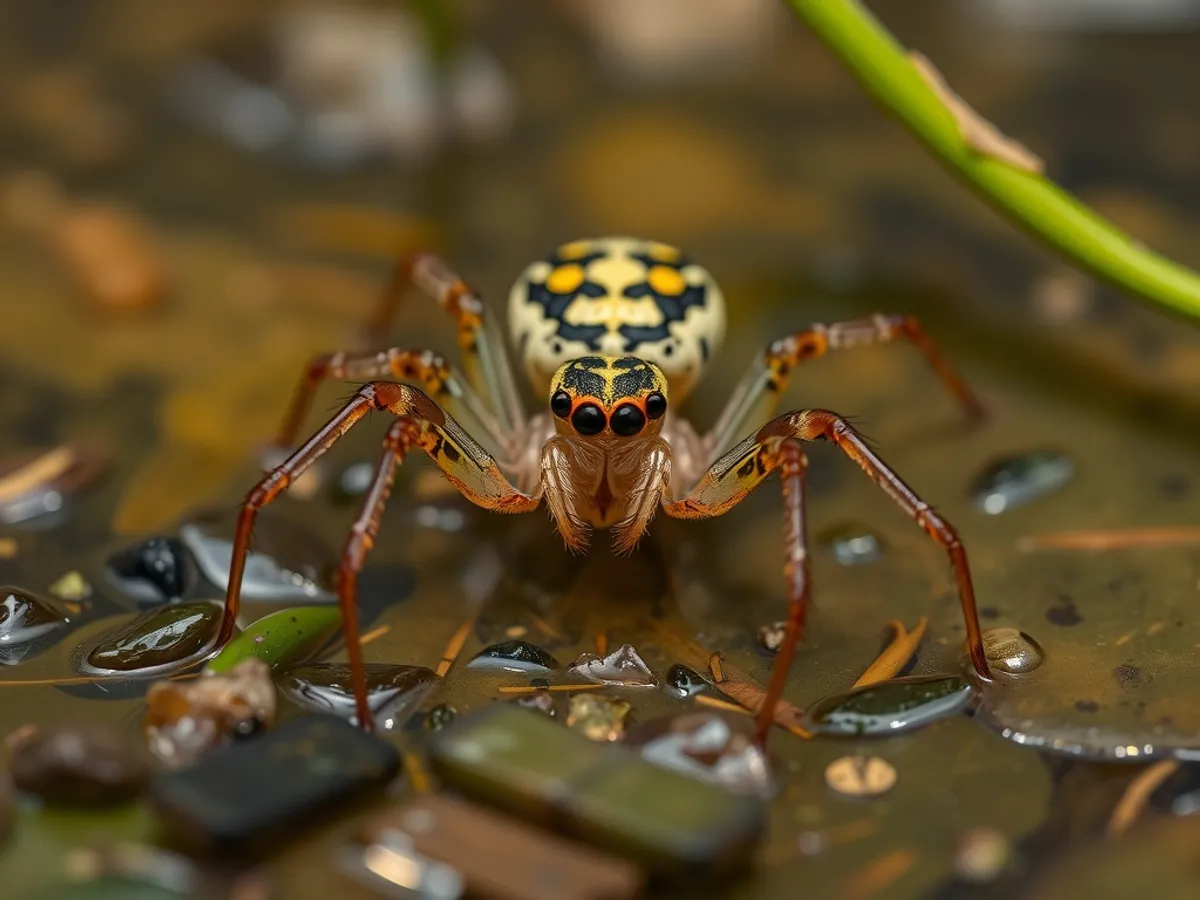
Diving Bell Spider
Argyroneta aquatica
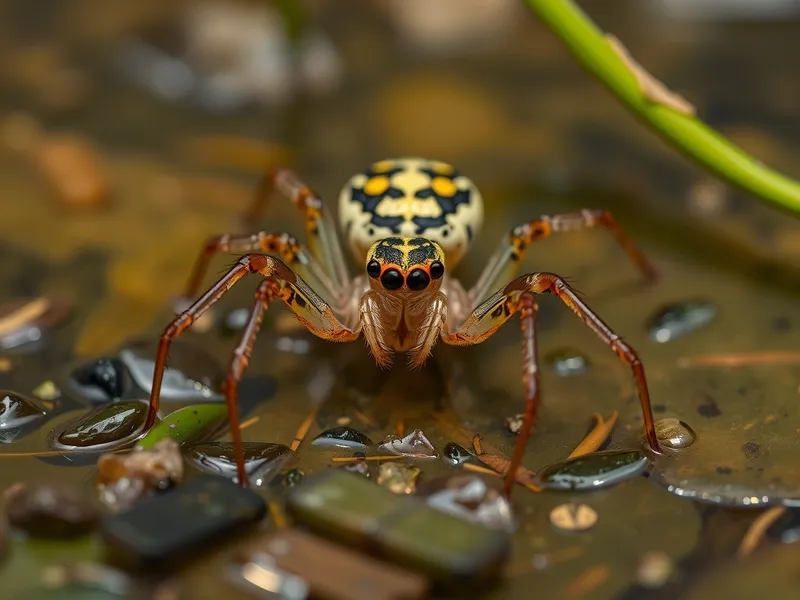
Meet the Diving Bell Spider
The Diving Bell Spider is the only spider known to live almost entirely underwater, inhabiting freshwater ponds and slow-moving streams across Europe and parts of Asia. It constructs a unique air-filled silk web, known as a diving bell, which allows it to breathe and hunt aquatic prey. The spider surfaces periodically to collect air bubbles with its hairy abdomen, then stores these in its bell-shaped web. Its brownish body is often covered in a silvery sheen due to the air film, making it appear metallic underwater. Adaptations like hydrophobic hairs and specialized silk make this invertebrate a marvel of aquatic life.
Classification
Invertebrate
Habitat
Freshwater ponds, lakes, and slow-moving streams
Diet
Carnivore
Lifespan
1-2 years
Conservation
Least Concern
Weight
0.1–0.2 grams
📖Fascinating Facts
Underwater Webs
The spider spins a special silk web underwater that acts as a diving bell, filled with air it collects from the surface.
Aquatic Predator
Its diet includes aquatic insects, crustaceans, and even tiny fish, making it a unique hunter among spiders.
Breathing Adaptation
Hydrophobic hairs on its abdomen help trap air, allowing the spider to breathe while submerged for days or even weeks.
📋Detailed Description
The Diving Bell Spider (Argyroneta aquatica) is a medium-sized spider, with females typically reaching 8–15 mm in body length and males slightly larger at 10–18 mm, an unusual reversal of the typical sexual size dimorphism seen in spiders. Its body is covered with dense, hydrophobic hairs that trap a silvery layer of air, giving it a metallic appearance underwater. The spider spends nearly its entire life submerged, constructing a silk 'diving bell' anchored to submerged vegetation, which it fills with air collected at the surface. This bell serves as both a refuge and a site for feeding, molting, mating, and egg-laying. Argyroneta aquatica is a solitary species, with each individual maintaining its own bell. It is an ambush predator, preying on aquatic insects, crustaceans, and even small fish or tadpoles. The spider's book lungs allow for gas exchange within the bell, enabling it to remain underwater for extended periods—sometimes days—without surfacing. Its coloration ranges from brown to dark grey, often with a velvety texture. The species is distributed across northern and central Europe, parts of Russia, and northern Asia, favoring clean, well-vegetated, slow-moving freshwater habitats. Its unique aquatic lifestyle and physiological adaptations make it the only known spider to live almost entirely underwater.
💡 Did you know?
Unlike most spiders, the Diving Bell Spider hunts aquatic invertebrates and even small fish underwater using its air-filled web as a home base.
🔬Research & Sources
🎭Behavior & Social Structure
Diving Bell Spiders are primarily nocturnal, becoming most active at dusk and during the night. They spend much of their time within their diving bell, emerging to hunt or repair the structure. Hunting involves waiting at the edge of the bell for vibrations from passing prey, which they swiftly seize and drag back into the bell for consumption. They are solitary and highly territorial, with aggressive encounters occurring if another spider approaches their bell. The spiders periodically surface to replenish the air supply in their bell, using their abdomen and hind legs to trap air bubbles and transport them underwater. Daily routines include bell maintenance, hunting, and, for females, tending to egg sacs. Males are more mobile, often leaving their own bells to seek out females during the breeding season.
👶Reproduction & Life Cycle
Mating typically occurs in late spring to early summer. Males construct smaller, more mobile bells and actively search for females, sometimes traveling considerable distances underwater. Upon locating a female's bell, the male enters and initiates courtship, which can involve vibratory signals and tactile interactions. After mating, the female lays eggs within a specially constructed section of her bell, enclosing them in a silk cocoon. The incubation period lasts about 3–4 weeks, after which spiderlings emerge and remain in the maternal bell for several days before dispersing to build their own bells. There is no further parental care after dispersal. In temperate regions, the species is generally univoltine, producing one generation per year.
🛡️Adaptations & Survival
Argyroneta aquatica exhibits several remarkable adaptations for aquatic life. Its abdomen and legs are covered with dense, hydrophobic setae that trap a layer of air, facilitating underwater respiration and buoyancy control. The diving bell acts as a physical gill, allowing passive diffusion of oxygen from the water into the air bubble, while carbon dioxide diffuses out, enabling the spider to remain submerged for long periods. Its silk is uniquely adapted to remain stable and water-resistant underwater. The spider's book lungs are efficient at extracting oxygen from the air within the bell. Behavioral adaptations include the ability to sense prey through water vibrations and the construction of complex silk structures for protection and reproduction. Males possess longer legs and are more active swimmers, aiding in mate location.
📚Research Sources
🎨Cultural Significance
The Diving Bell Spider has fascinated naturalists and biologists since the 18th century due to its unique underwater lifestyle. It has been featured in natural history literature and documentaries as an example of evolutionary innovation. While it does not play a significant role in folklore or mythology, its diving bell construction has inspired biomimetic research in engineering and materials science, particularly in the development of underwater breathing apparatus and water-repellent materials. In some cultures, it is regarded as a symbol of ingenuity and adaptation.
🔬Recent Research & Discoveries
Recent research has focused on the physical properties of the spider's diving bell, revealing that it functions as a physical gill, with oxygen diffusion rates sufficient to support the spider's metabolic needs for extended periods (Seymour & Hetz, 2011). Studies have also examined the hydrophobicity and microstructure of the spider's hairs, which are crucial for air retention and underwater locomotion. Molecular phylogenetic analyses have clarified the spider's evolutionary relationships within the family Cybaeidae. Ongoing research addresses the impact of water pollution on the spider's physiology and behavior, as well as the potential effects of climate change on its distribution. The species is increasingly used as a model organism in studies of aquatic arthropod respiration and silk biomechanics.
🎥Wildlife Videos
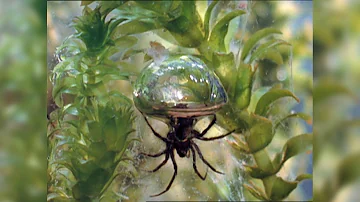
Diving Bell Spider Thumbs Spider Nose at Rules, Lives Underwater
If you thought spiders could only survive on land, prepare for a new nightmare. The diving bell spider has adapted to living life ...
Animal Planet

Incredible: This Underwater Spider Has an Actual Scuba Tank
The scuba spider is the only arachnid to live exclusively underwater, despite lacking gills. Its secret, like its name suggests, is a ...
Smithsonian Channel

Meet the Diving Bell Spider: Nature’s Underwater Engineer
Welcome to Kids Science Adventures! Dive into the watery world of the amazing Diving Bell Spider—also known as the Water ...
The Intellijunz Hive
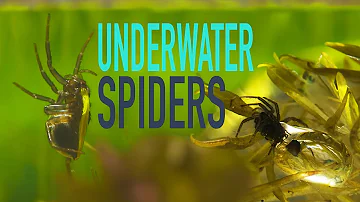
Spiders: They Also Live Underwater.
Argyroneta aquatica the Diving Bell Spider it the UK's only fully aquatic species of spider. They are rarely seen but are amazing ...
Team Candiru
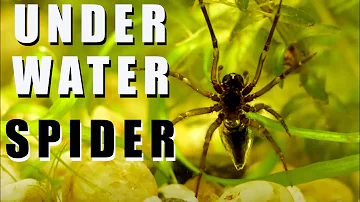
Underwater SPIDER - Diving bell spider
Diving bell spider or Water spider - Argyroneta aquatica.
Wildlife World

Fear vs. Fascination: Exploring the Incredible Abilities of Spiders | FULL DOCUMENTARY
They are said to be poisonous, evil, hairy and treacherous and live all around us. Whether from their physical appearance or their ...
SLICE Full Doc
🌍Habitat Information
The Diving Bell Spider typically inhabits Freshwater ponds, lakes, and slow-moving streams environments. Diving Bell Spiders have adapted to their environments with specialized features and behaviors.
Primary Habitat:
Freshwater ponds, lakes, and slow-moving streams
More detailed habitat information will be available soon.
🛡️Conservation Status
The Diving Bell Spider is currently classified as Least Concern. Conservation efforts are crucial for preserving this species for future generations.
Common Threats:
- 🏠Habitat loss and fragmentation
- 🌡️Climate change impacts
- 🎯Hunting and poaching
- 🏭Human-wildlife conflict
⚠️Threats & Conservation Challenges
Currently, the Diving Bell Spider is classified as Least Concern by the IUCN, with stable populations across much of its range. However, it faces localized threats from habitat degradation, water pollution, eutrophication, and the loss of aquatic vegetation due to agricultural runoff and urbanization. Climate change and the introduction of invasive species may also impact suitable habitats. The species is sensitive to water quality, making it a potential bioindicator for freshwater ecosystem health. There is no significant commercial exploitation or direct human threat, but ongoing habitat loss could pose future risks.
🔬Scientific Classification
Scientific Name
Argyroneta aquatica
Classification Hierarchy
🔍 About Taxonomic Classification
Taxonomic classification is a hierarchical system used by scientists to classify and organize living organisms based on shared characteristics and evolutionary relationships.
The system moves from broad categories (Kingdom) to increasingly specific ones, with each animal's scientific name typically consisting of its Genus and species.
📝Community Notes
Share your observations and insights about the Diving Bell Spider with our community of wildlife enthusiasts.
Join Our Community
Sign in to share your observations and connect with fellow wildlife enthusiasts.
Sign In to ContributeNo community notes yet
Be the first to share your observations about the Diving Bell Spider!
Explore Diving Bell Spider
Select a tab above to learn more about this amazing animal.
📸Photo Gallery
No photos available for this animal yet.
🌟Discover More Wildlife
Continue your journey of discovery with more fascinating animals from our database
